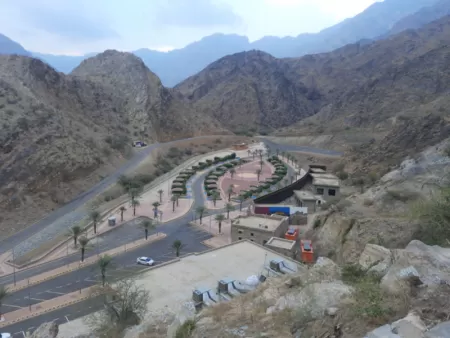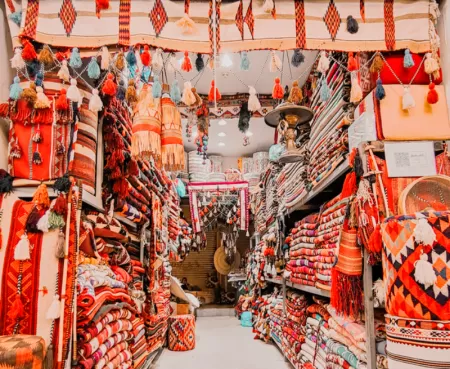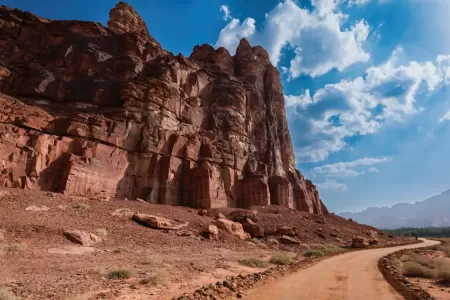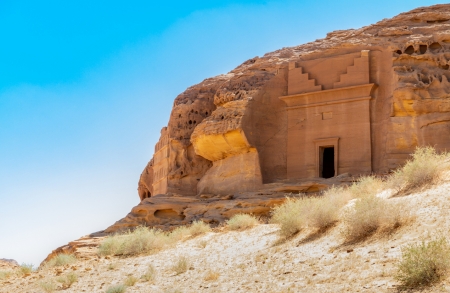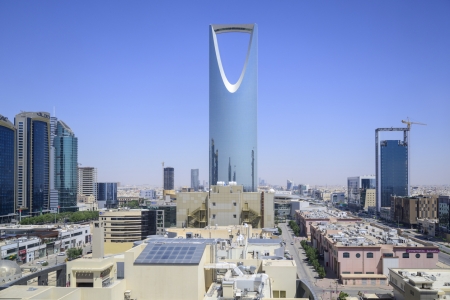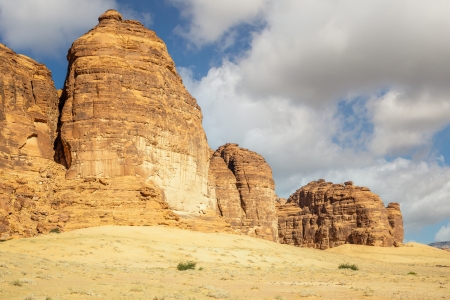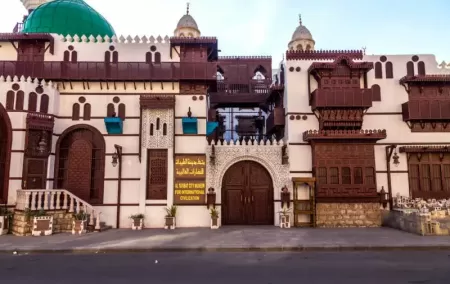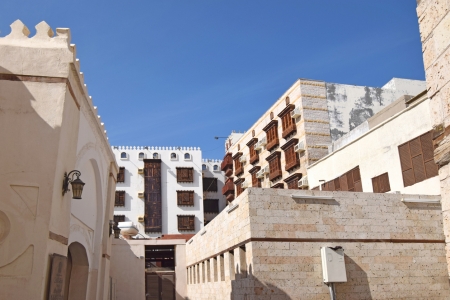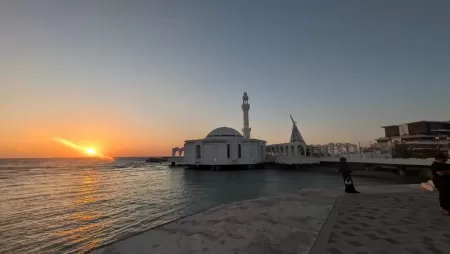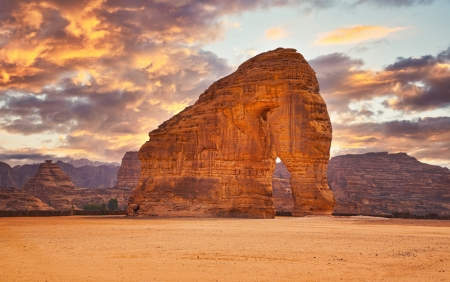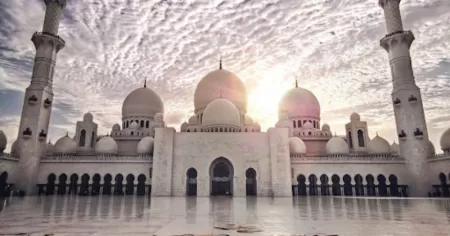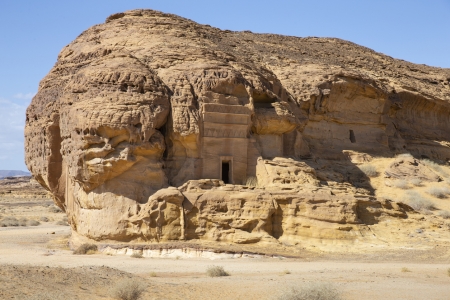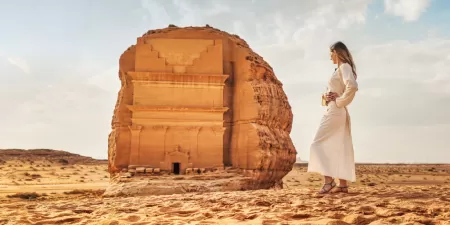Diwan Tomb in Saudi Arabia
The Al Diwan Tombs at Madain Saleh, also known as Al-Hijr, are part of Saudi Arabia’s first UNESCO World Heritage Site. Carved into rose-colored sandstone cliffs by the Nabataeans over 2,000 years ago, the Al Diwan is a monumental chamber believed to have served ceremonial or religious purposes. These tombs exemplify the intricate architectural skills and cultural influences of the ancient Nabataean civilization.

The Historical Significance of Diwan Tomb:
The Diwan Tomb holds a special place in the history of the Nabataeans, an ancient Arab tribe that flourished from the 4th century BCE to the 2nd century CE. Renowned for their expertise in trade, the Nabataeans controlled vital caravan routes connecting southern Arabia with the Mediterranean. This strategic location enabled them to amass wealth and cultural knowledge from various civilizations, which they integrated into their own.
Architectural Marvel:
The Diwan Tomb is a stunning example of rock-cut architecture, a hallmark of Nabataean craftsmanship. Carved into the soft sandstone cliffs, the tomb features intricate facades adorned with decorative motifs and inscriptions. The entrance to the Diwan is particularly striking, showcasing the artistry that characterized Nabataean construction methods.
- Dimensions: The chamber measures approximately 12.8 meters in length, 9.9 meters in width, and stands 8 meters high.
- Design Elements: The tomb includes three stone benches, suggesting that it may have served as a triclinium for sacred feasts or gatherings.
Cultural Context:
The Nabataeans were not just traders; they were also skilled artisans and architects. The Diwan Tomb reflects their ability to blend functionality with aesthetic appeal. The chamber likely served as a venue for religious ceremonies or communal gatherings, emphasizing the importance of social cohesion within their society.
Exploring the Architectural Features:
The Structure of Diwan:
The Diwan Tomb is a rectangular chamber that exemplifies the ingenuity of Nabataean engineering. Carved directly into the rock face, the structure is designed to withstand the harsh desert climate.
- Ventilation: The high ceilings and strategic openings allow for natural airflow, providing a cool respite from the scorching heat outside.
- Seating Arrangements: The three stone benches are arranged to facilitate communal gatherings, indicating the importance of social interaction in Nabataean culture.
Decorative Elements:
The tomb's facades are adorned with intricate carvings that reveal much about Nabataean beliefs and artistic expressions.
Symbolism: Various motifs, including floral patterns and geometric designs, are prevalent in the carvings, reflecting the Nabataeans' connection to nature and their artistic heritage.
Inscriptions: Some inscriptions found within the Diwan Tomb offer insights into the lives of those interred there, providing valuable historical context.
The Role of Diwan in Nabataean Society:
Religious Significance:
The Diwan Tomb likely served as a sacred space for religious gatherings, where rituals and feasts took place. This aspect highlights the spiritual dimension of Nabataean life, emphasizing their connection to the divine.
- Sacred Feasts: The presence of stone benches suggests that communal meals were an integral part of their religious practices, fostering a sense of community and shared identity.
- Deity Worship: The tomb may have been dedicated to specific deities, as indicated by the niches carved into the rock, which likely housed representations of Nabataean gods.

Political and Social Functions:
Beyond its religious significance, the Diwan Tomb may have also served political and administrative purposes.
- Gathering Place: The spacious interior would have been an ideal location for meetings among local leaders and community members, reinforcing the social hierarchy and governance structures in place.
- Cultural Exchange: As a hub of activity, the Diwan Tomb facilitated interactions between different tribes and cultures, contributing to the rich tapestry of Nabataean society.
Archaeological Discoveries at Diwan:
Excavation Efforts:
Archaeological efforts at Madain Saleh, particularly around the Diwan Tomb, have unearthed a wealth of artifacts that provide valuable insights into Nabataean life.
- Artifacts Found: Items such as pottery, tools, and inscriptions have been discovered, shedding light on daily activities, trade practices, and religious beliefs.
- Research Initiatives: Ongoing excavations continue to reveal new findings, contributing to the understanding of Nabataean culture and history.
Preservation Challenges:
The preservation of the Diwan Tomb and surrounding structures poses significant challenges due to environmental factors.
- Erosion: The harsh desert climate, characterized by high temperatures and wind erosion, threatens the integrity of the tomb's carvings and architecture.
- Conservation Efforts: Initiatives are underway to safeguard these historical treasures, ensuring that future generations can appreciate their significance.
Visiting the Diwan Tomb:
Accessibility and Tours:
For those interested in exploring the Diwan Tomb, various tours to Saudi Arabia offer unique opportunities to experience this historical marvel.
- Guided Tours: Many Saudi Arabia tours provide guided visits to Madain Saleh, allowing travelers to gain insights from knowledgeable guides about the site's history and significance.
- Travel Tips: Visitors are encouraged to plan their trips during cooler months to fully enjoy the outdoor exploration of the tomb and surrounding areas.
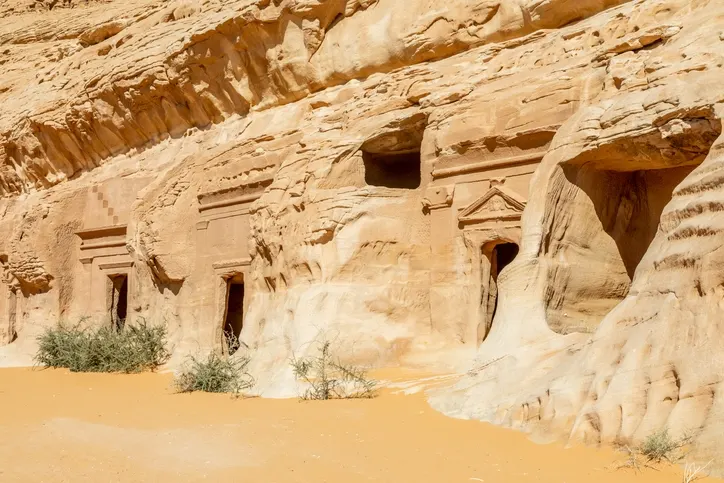
What to Expect:
Visitors to the Diwan Tomb can anticipate a captivating experience filled with historical intrigue and natural beauty.
- Scenic Views: The surrounding landscape features stunning rock formations and desert vistas, providing a picturesque backdrop for exploration.
- Cultural Immersion: Engaging with local guides and fellow travelers allows for a deeper appreciation of the Nabataean heritage and its impact on the region.
The Legacy of the Nabataeans:
Enduring Influence:
The legacy of the Nabataeans extends beyond their architectural achievements; their cultural influence continues to be felt today.
- Cultural Heritage: The artistic styles and architectural techniques developed by the Nabataeans have left a lasting mark on the region, influencing subsequent civilizations.
- Modern Recognition: The recognition of Madain Saleh as a UNESCO World Heritage Site underscores the importance of preserving and celebrating this rich history.
Lessons from the Past:
The story of the Diwan Tomb and its creators offers valuable lessons for contemporary society.
- Cultural Appreciation: Understanding the achievements of ancient civilizations fosters a greater appreciation for cultural diversity and heritage.
- Sustainable Practices: The Nabataeans' mastery of water management and sustainable living practices serves as a model for addressing modern environmental challenges.
Conclusion:
The Diwan Tomb stands as a remarkable testament to the ingenuity and cultural richness of the Nabataeans. Through its intricate architecture, historical significance, and ongoing preservation efforts, this site continues to captivate the imaginations of travelers and historians alike. Embarking on tours to Saudi Arabia offers a unique opportunity to explore this ancient marvel, providing insights into a civilization that thrived in a challenging environment. As visitors walk through the Diwan Tomb, they not only witness the artistry of the past but also connect with a legacy that has shaped the region's history and culture.
Incorporating the Diwan Tomb into your Saudi Arabia tour offers a unique opportunity to connect with the Kingdom's ancient past, providing a profound understanding of the Nabataean civilization's legacy. This experience not only enriches your travel but also contributes to the appreciation and preservation of global heritage.
This article captures the essence of the Diwan Tomb in Saudi Arabia, emphasizing its historical significance, architectural marvels, and cultural context. Each section is designed to provide a comprehensive understanding of the site while incorporating the specified keywords seamlessly throughout the text.
FAQS:
1. What is the historical significance of the Diwan Tomb?
The Diwan Tomb served as a central gathering place for the Nabataeans, facilitating social, political, and ceremonial events. Its architectural design reflects the cultural amalgamation characteristic of Nabataean structures.
2. How can I visit the Diwan Tomb?
The Diwan Tomb is located within the Hegra archaeological site in AlUla. Access is typically granted through guided tours, which can be arranged via local tour operators specializing in Saudi Arabia tours.
3. Are there specific visiting hours for the Diwan Tomb?
Visiting hours may vary, and it's advisable to check with official tourism websites or local tour operators for the most up-to-date information before planning your visit.
4. What should I wear when visiting the Diwan Tomb?
Given the desert climate, it's recommended to wear light, breathable clothing and comfortable footwear. Additionally, modest attire is respectful of local customs.
5. Is photography allowed at the Diwan Tomb?
Photography is generally permitted, but it's courteous to confirm with your tour guide or local authorities, especially in areas of cultural or religious significance.
Don’t miss this wonder on your Saudi Arabia Tours - Book your Journey Now!
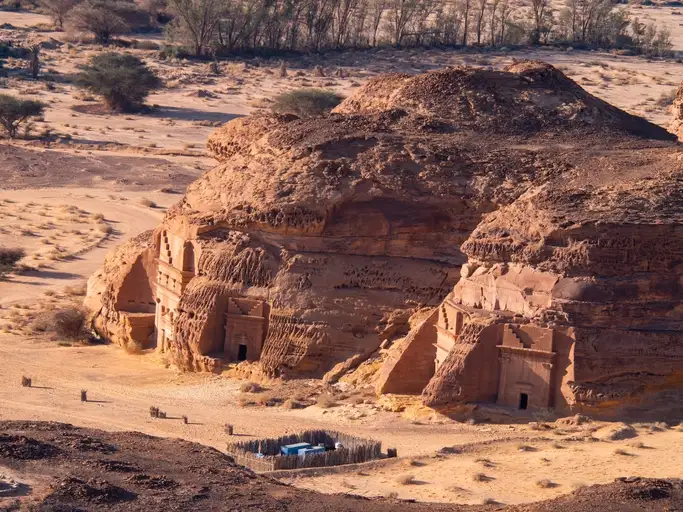
Customize Your Dream Vacation!
Get in touch with our local experts for an unforgettable journey.
Plan Your Trip




